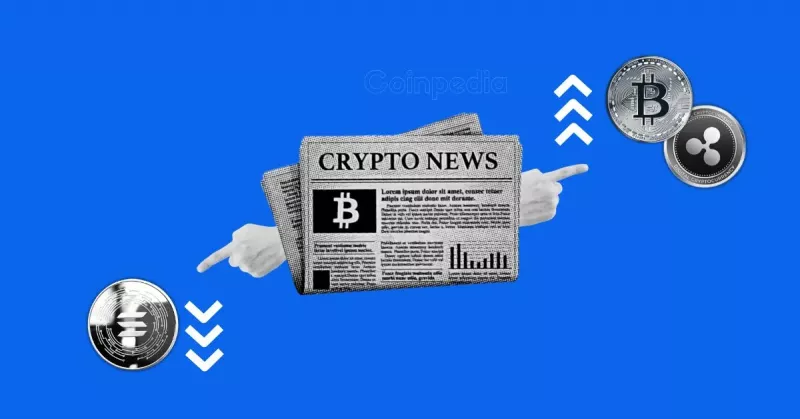Before long, a typical day in the metaverse will feel strangely familiar. It’ll involve visiting shopping malls and lush green parks, and meeting friends in cafes that are rendered in visually striking graphics. We’ll be able to look the part, dressing our avatars in the latest fashions, buy things and own properties, resulting in an experience that feels every bit as real as those we have in the physical world.
Already, existing metaverses such as The Sandbox, Decentraland and Cryptovoxels display the beginnings of a true society, with people buying up and developing land, partaking in social interactions, playing games, exchanging goods and asserting their ownership rights. For a metaverse society to work, it needs a functional economy. Within the metaverse, this means having a way to authenticate ownership of digital properties and items, such as our metaverse homes, properties, books, clothes and so on. It also means having a way to trade these assets freely.
Such technology already exists and is integrated with the metaverse. Non-fungible tokens (NFTs) are records of digital ownership stored on blockchains, and they’re rapidly emerging as the lynchpin of the metaverse economy. They make it possible for metaverse users to authenticate their ownership of land, buildings, assets and even their identity. Because NFTs are secured by a cryptographic key that cannot be copied, deleted or destroyed, they provide a robust solution for decentralized verification.
The metaverse economy is one that’s already shown it can be highly functional. Take a stroll through Decentraland and you’ll see people chatting at nearby fountains, shopping in fashion boutiques and jogging by the seaside promenade, with casino croupiers inviting visitors to play high-stakes poker.

It’s an incredibly realistic society that’s held back by only one thing - the lack of hyper-realism, or to be more blunt, subpar graphics. The potential of the metaverse is already clear from these early iterations, as they show how people can function in virtual worlds and create parallel lives and profitable businesses. If these virtual worlds can offer a more realistic immersiveness, with higher-quality graphics, it may become very difficult for visitors to distinguish between their physical and digital lives.
A Brave New World Is Coming
The stage is set for the next step in the evolution of virtual reality worlds, and Looking Glass Labs has its heart set on blurring the line between imaginary and physical worlds. It’s building its metaverse platform on Unreal Engine, the video game graphics engine that powers some of the most realistic-looking games, including expansive, open-world games like Fortnite, Senua's Saga: Hellblade II and The Matrix Awakens. Unreal Engine is unique in its ability to render real-life photos into photorealistic graphical environments, enabling the creation of immersive, lifelike 3D worlds that will look and feel vastly more real than today’s existing metaverse experiences.

Looking Glass Labs has already successfully raised more than $2.5 million from land sales for the upcoming metaverse Pocket Dimension (pictured above), which spans four acres of ultra-realistic virtual land. It aims to build the most advanced, 3D-ready, secure and hyper-realistic metaverse of all, with the goal of becoming the virtual home of some of the world’s most demanding brands.
Pocket Dimension is created by Looking Glass Labs’ development studio House of Kibaa, which has designed no less than 11 different environments, each rendered in stunningly realistic graphics. They include Archipelago, Countryside, Dale, Dunes, Fjord, Marsh, Savanna, Tundra, Woodland and Zen regions, as well as a Genesis Moon environment that’s exclusive only to holders of Genesis NFTs, LGL’s first-ever NFT collection.
Within each immersive environment, players will be able to buy parcels of land within them and develop these holdings as they see fit, using building materials that fit the specific environment they’re located within. Users will be able to create buildings, host events for their communities, add, buy and sell digital assets, play games and more.
While building Pocket Dimension, Looking Glass Labs has also created a new kind of 3D-ready NFT that can be embedded with functional attributes and exist across multiple blockchains. In this way, it is creating cross-chain NFT functionality, meaning users will be able to bring their digital items, avatars, identities and more to any other metaverse.
Looking Glass Labs isn’t alone in building the next generation of lifelike metaverses. A rival platform known as Victoria VR (below) is also using Unreal Engine and says it will be able to transport users into an alternate reality that mirrors the world we live in now.

Both Pocket Dimension and Victoria VR integrate the familiar mechanics of existing metaverses, giving visitors the freedom to explore their expansive worlds, and acquire utility tokens that can be used to buy assets such as land, buildings, houses, clothes, art, decorations and more. When users acquire land and a building, they’re free to create a virtual store and start any kind of business they want. Examples include training courses, ticket sales, virtual concerts, clothes design, art galleries and more, all rendered in stunningly realistic graphics. It all adds up to a diverse economic mix amid an incredibly realistic-looking backdrop.
These next-generation metaverses are set to become the new standard for immersive, player-owned virtual worlds. They’ll offer infinite possibilities to their users, ushering in a new era for the metaverse that’s based on realism, complete with functional economies, lifelike graphics and vivid visual effects and the ability to own your own assets. The next generation of the metaverse may finally live up to its promise of allowing us to surpass our physical limitations and create an alternative lifestyle that’s every bit as compelling as our real-world lives.
 Nikolas Sargeant
Nikolas Sargeant






